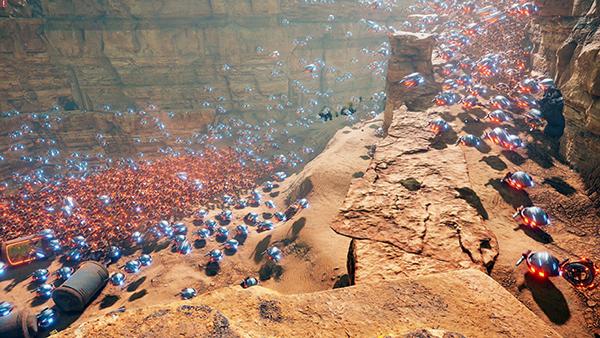


Therefore, for networking use cases that depend on deterministic simulation of a "rolled back" physics world, you should rather use the Unity Physics simulation since it is stateless.

This implies that a copy of a physics world will not simulate identically to the original world unless all of the internal simulation caches are also copied. Havok Physics for Unity is a deterministic but stateful engine. How does Havok Physics for Unity work with networking use cases since it's not stateless? The core simulation is the same as that used by many AAA games, however the full Havok SDK offers many more features and flexibility, allowing users to further customize physics to their exact use cases. This integration exposes a fixed subset of the Havok SDK functionality – currently just the simulation backend and the visual debugger. Is Havok Physics for Unity integration exactly the same as what is used in my favorite AAA game? As with Unity Physics, they must be converted to ECS entities first. Can Havok Physics for Unity integration work with GameObjects? This Havok Physics for Unity integration works in tandem with Unity Physics in the DOTS framework, while PhysX continues to be the built-in physics engine used by Unity GameObjects. Frequently Asked Questions Does Havok Physics for Unity replace PhysX?


 0 kommentar(er)
0 kommentar(er)
